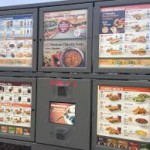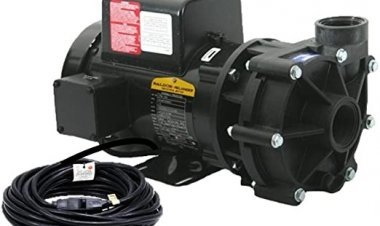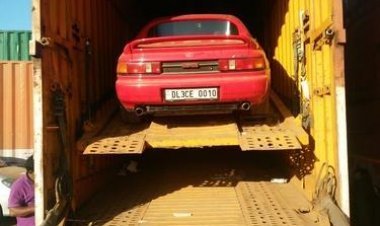3 Reasons to Use On-Board Housing for Your Drive-thru Speaker & Mic
It seems that with greater frequency people are asking to have their speaker and microphone as a part of their drive-thru menu board. Is this doable? Yes. Is it ideal? No. The reasons vary but can be summed up in short order.
It seems that with greater frequency people are asking to have their speaker and microphone as a part of their drive-thru menu board. Is this doable? Yes. Is it ideal? No. The reasons vary but can be summed up in short order.

To achieve the optimal sound quality from the communication system the speaker and mic should be within close proximity to the car. In doing such, the inevitable result positions the menu board right up against the curb. This has little to no effect on the driver or driver-side passengers. However, it becomes a bear for those on the passenger side to see the drive-thru as it offers no viewing angle. This leaves these poor souls scrambling for their yoga mats to do their best “upward dog” technique just to sneak a peek at the menu.
Another downside to the on-board set up is that it chews up a significant amount of your graphics space. For instance, take the drive-thru shown in the picture accompanying this blog, the restaurant loses one whole section of their menu board. We’ve actually gone away from this approach and have adopted side and top enclosures that angle towards the car. This way, you can maintain all your graphics space as well as your communication clarity.
With all that being said, there are three scenarios where the on-board speaker mic set up is more appropriate and, in some cases, the only option.
1- Budget
The benefit of having an “all-in-one” set up, which combines your menu board and your headset system, is that it only requires one concrete pad to be poured vs. two. It also eliminates the added expense of the speaker post that you’d need with the other setup. However, it is important to keep in mind that the concrete work isn’t too cumbersome and can be completed with little know-how, a sonotube, and concrete.
2- Available space
Sometimes the lay of the land just doesn’t cooperate. For instance, one of the local McDonald’s has their drive-thru lane pinned up against a retaining wall; there is literally no more room to be had. In these cases, you’re hamstrung into the on-board solution. You will also sometimes see this in dual lane setups where they need to minimize the width of each lane in order to fit the two paths.























